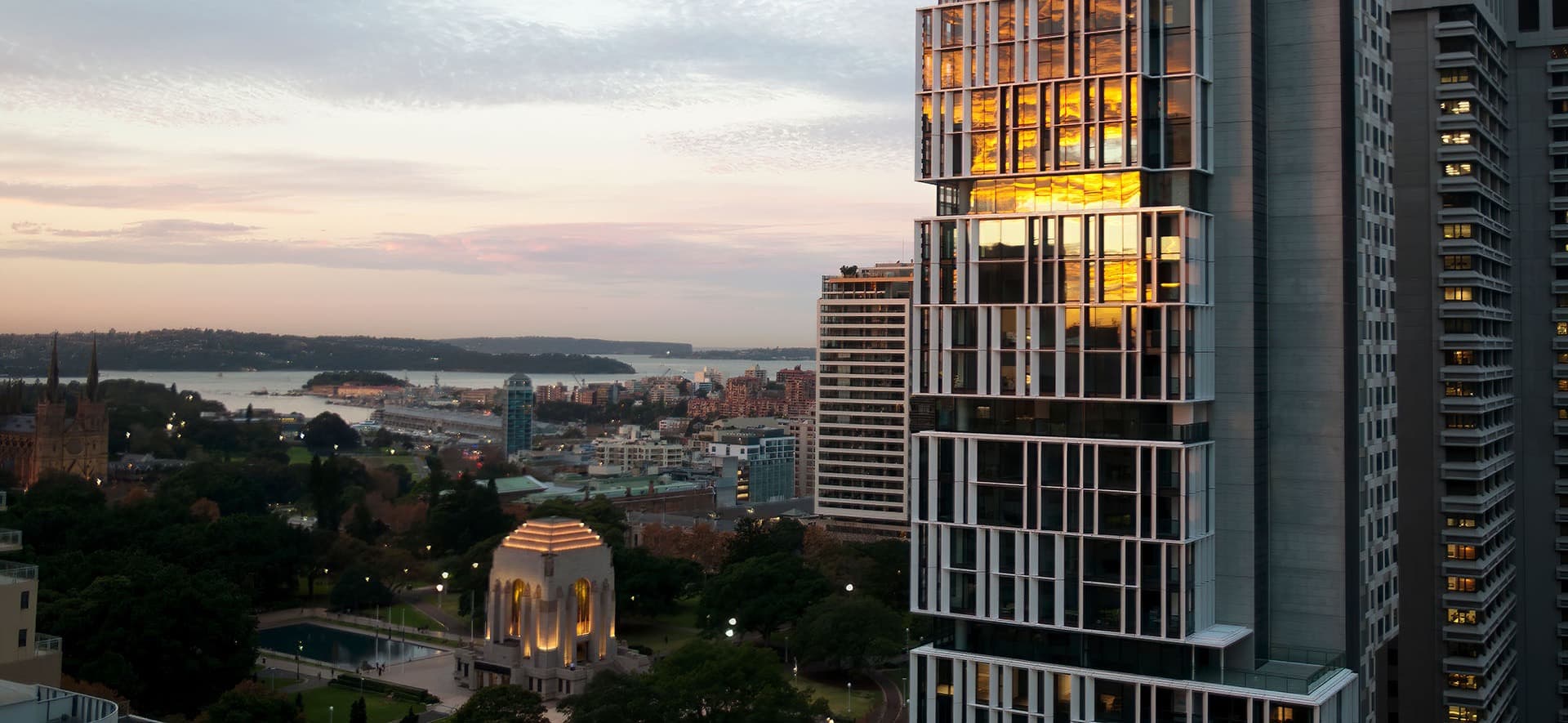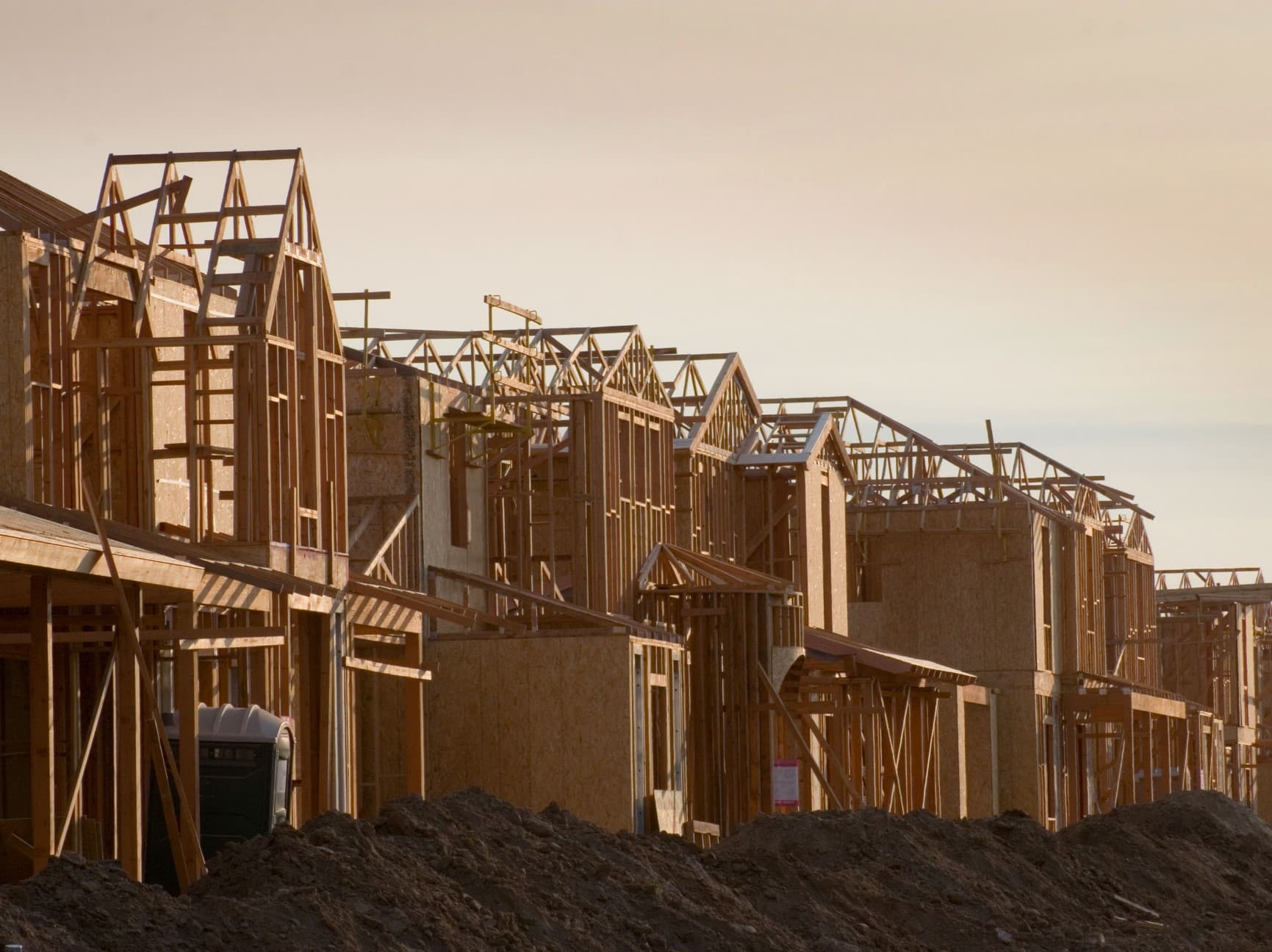Key highlights
More than 176,000 Australian households languished on social housing waiting lists in 2021, rents have surged by 20% in just two years and a fresh Productivity Commission report laments a system “In need of repair”.
But housing affordability isn’t a new problem – Australia’s five largest cities have been ranked “severely unaffordable” since the early 2000s.
A $200 billion problem demands more than one solution. Altus Group’s Director of Project Management, Nick Marston, unpacks just some of the emerging solutions.
It doesn't matter how we slice and dice the statistics. Australians have a housing affordability problem. Three recent reports, of many, reveal the size and the scale of the challenge we face.
The title of the Productivity Commission’s latest offering says it all. In need of repair follows a review of the National Housing and Homelessness Agreement, which finds the $16 billion spent by governments each year to improve access to affordable, safe and sustainable housing is ineffective.
On international standings, all five of Australia’s major housing markets have been severely unaffordable since the early 2000s. Of the 92 markets tracked by the Demographia International Housing Affordability index, Sydney is second only to Hong Kong as the least affordable. It is more expensive to live in Melbourne (the fifth least affordable), Adelaide (24), Brisbane (27) or Perth (30) than in many other world cities like London, Washington DC, Singapore and Dublin.
Meanwhile, CoreLogic's latest Quarterly Rental Review reveals a 20% surge in rents since August 2020. The average renter is spending $90 a week more on rent now than they did just two years ago.
Australians least able to afford the rising costs of housing are bearing the heaviest load. According to the Productivity Commission report, about two-thirds of low-income households spend more than 30% of their income on rent. Another 20% spend over half of their income on rent. And every night, roughly one in 200 Australians find themselves without a safe, secure or affordable place to sleep.
The world changed with the pandemic, fuelling property markets and leaving many unable to make ends meet. If the world has changed, then so must we. How can we think differently about housing to ensure everyone has access to this most basic of human right?
Innovation in funding for affordable housing
Raised in public housing by a single mother on a disability pension, Prime Minister Anthony Albanese has made affordable housing a pillar of his reform agenda because he understands “the security that having a roof over your head brings”.
The Albanese Government’s October Federal Budget featured an “aspirational” commitment to build one million energy-efficient homes by the end of the decade. A $350 million affordable housing kick-start fund has been established – above and beyond the existing $10 billion Housing Australia Future Fund that Labor pledged during the election campaign. A new “housing accord” has been signed by the three tiers of government, industry groups and, importantly, institutional investors.
The federal government is determined to leverage Australia’s $3.4 trillion superannuation industry to deliver on these commitments. Aware Super, one of Australia’s largest superannuation funds, has made affordable build-to-rent housing a “cornerstone” of its planned $7 billion property platform.
Assemble – backed by Australia’s largest superannuation fund, AustralianSuper – is focused on building what it calls “secure rental communities”. Assemble’s build-to-rent-to-own product allows residents to rent securely for five years with the option to buy their home at the end of the lease period. Assemble is also constructing more than 3,000 BTR units, with 20% social housing, 10% specialist disability accommodation, and a further 35% affordable housing.
But most super funds remain cautious, arguing that tax settings are a handbrake on large-scale investment. Build-to-rent, many institutional investors argue, only stacks up at scale when the asset owner can charge premium rents.
Innovation in delivery of affordable housing
Fast and furious housing delivery has been accomplished before. The acute shortage of building skills and materials following World War II, for instance, was remedied with a new architectural archetype – the brick veneer.
Some innovative and interesting trial projects – from 3D printed houses to modular eco-cottages to computational models – point to the possibilities. One Queensland builder, Eco Cottages, recently applied to Noosa Council to build 34 modular homes to address the housing crisis. Australia's first 3D-printed house was recently constructed in Melbourne in just three days, paving the way for councils across the country to consider trials.
The Western Sydney University's Centre for Smart Modern Construction (c4SMC) is investigating innovative construction methods and tools, from blockchain solutions to smooth out snarls in supply chains to digital frameworks that optimise offsite construction.
However, Australia’s modular manufacturing capacity remains relatively modest. The proximity of suppliers and transportation logistics can be barriers in some markets, and while the model has been successful on some projects, many lenders are cautious.
Innovation in affordable housing operations
The cost of running a home is an important piece of the affordability puzzle. Soaring energy prices over the last two years may be just the beginning, with one energy giant warning retail electricity prices could increase by 35% in 2023.
There are many great examples of community housing providers who are delivering and striving for innovation in their projects. City West Housing’s Ironbark Apartments is an excellent example of this, providing 75 high-quality affordable rental apartments for around 100 residents. Altus Group provided the quantity surveying services for this project.
Ironbark Apartments is nestled in the Harold Park precinct, a masterplanned community developed by Mirvac on the former home of the Harold Park Paceway. Mirvac entered into a voluntary planning agreement with the City of Sydney to hand back a parcel of land for affordable housing. City West Housing won the tender to purchase the land from the City of Sydney.
Designed by Scott Carver, Ironbark Apartments features solar passive design, solar panels, high-efficiency electrical and water fixtures and fittings, and rainwater harvesting for landscape irrigation and hose taps. All these features – and more – improve resident comfort and reduce utility bills.
Ironbark Apartments took home the Property Council's national award for best affordable housing in 2022, demonstrating that the right balance between affordability and amenity can be struck with a combination of clever design, careful material choices and a collaborative, passionate project team.
Hundreds of thousands of people across Australia’s property and construction industry are putting their heads together to solve what has been dubbed the “$200 billion problem”. But when more than 176,000 households languish on social housing waitlists, we need more innovative ideas, trials of new methods, pilots of new funding models, and even more heads to come together to ensure every Australian has access to affordable, safe and sustainable housing.
Author

Nick Marston
Director, Project Management
Author

Nick Marston
Director, Project Management
Resources
Latest insights






